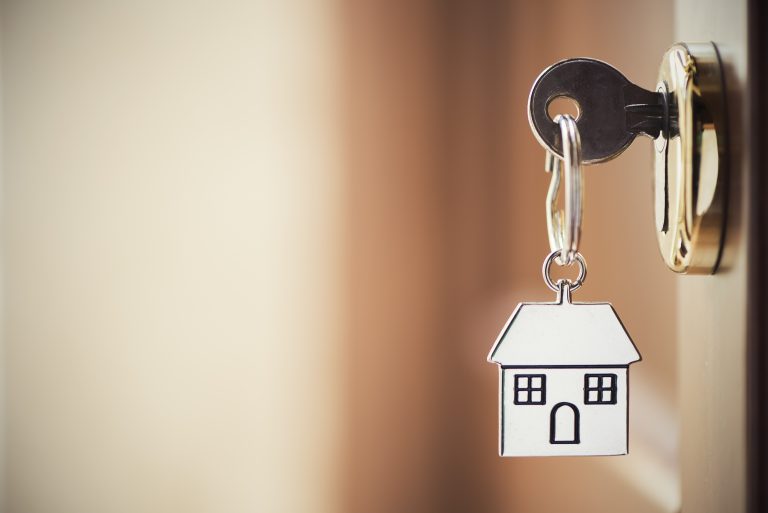Raising the Homeownership Rate in the United States – theMReport.com
[ad_1]
Conventional wisdom holds that homeownership creates wealth and is an indicator of financial health. Therefore, America’s homeownership rate is an oft-used measure of the country’s fiscal well-being. Don Layton, Senior Industry Fellow at Harvard Joint Center for Housing Studies and former CEO of Freddie Mac points out in an article titled “The Homeownership Rate and Housing Finance Policy: Part 1 – Learning from the History of the Rate“and adds that, for this reason, the rate of homeownership” occupies a prominent place among policy makers in Washington. “
So, he says, policymakers tend to find ways to increase the rate of homeownership. These conditions, he says, also sometimes lead to the implementation of programs which unfortunately fail to raise the rate. His article, part one of two, is a step towards something that he says needs to happen – that is, “take a step back, take stock and seek new ideas” – in order to raise the bar. homeownership rates and the benefits that actually go hand in hand with owning a home.
“This single statistic [homeownership rate]”Currently around 65% – is considered one of the most important overall measures of the extent to which the country’s socio-economic system ‘provides the goods’ for the typical American family,” Layton wrote. not only to cover monthly living expenses, but also to generate enough excess cash to save for a down payment and then to maintain home ownership. a home and financing a mortgage on it is affordable.In addition, homeownership is considered provoking an improvement in the quality of life of a typical family. “
Layton’s article reviews the history of the country’s homeownership rate over the past 130 years or so, he explained, with the aim being to establish a basis for determining which policy choices , especially in the area of ​​housing finance, would likely succeed in finally raising the rate, which, thanks to decades of government implementation of various housing finance programs aimed at increasing the homeownership rate sustainable, remains today almost exactly at the level reached more than 50 years ago.
He writes:
The homeownership records that I have been able to access date back to 1890. This date is closer to the founding of the country in 1776 than it is today … a simple visual inspection of the rate of homeownership plus a simple analysis shows that it was very stable at the macro level (i.e. only one or two percentage points) at around 46.5% before the Great Depression and then at 65% after 1970. This is a very different perspective from the micro-level emphasis that I believe dominated daily political discussions in Washington. . And this global point of view gives, I believe, a glimpse that will help to determine what could and could not succeed in the future to raise the rate sustainably and materially.
Layton also promises to explore in Part 2 of his article the Biden campaign’s proposal to establish a large and generous down payment assistance program with funding from the federal government. “This proposal, which represents a shift in thinking that has dominated policy-making for many years, indeed has the potential to be a major part of a successful effort to, finally, materially and sustainably raise the rate. homeownership above long-standing level 65% level.
After an in-depth review of the various policies and their effects, all available on JCHS.harvard.edu Layton adds:
… it is clear that standstill approaches are not enough. Instead, it will require more creative and large-scale policies, not just extrapolation of the past, and they will likely require funding from the federal budget rather than being based on unfunded mandates and cross-subsidies. These policies will be discussed in part 2.
[ad_2]

